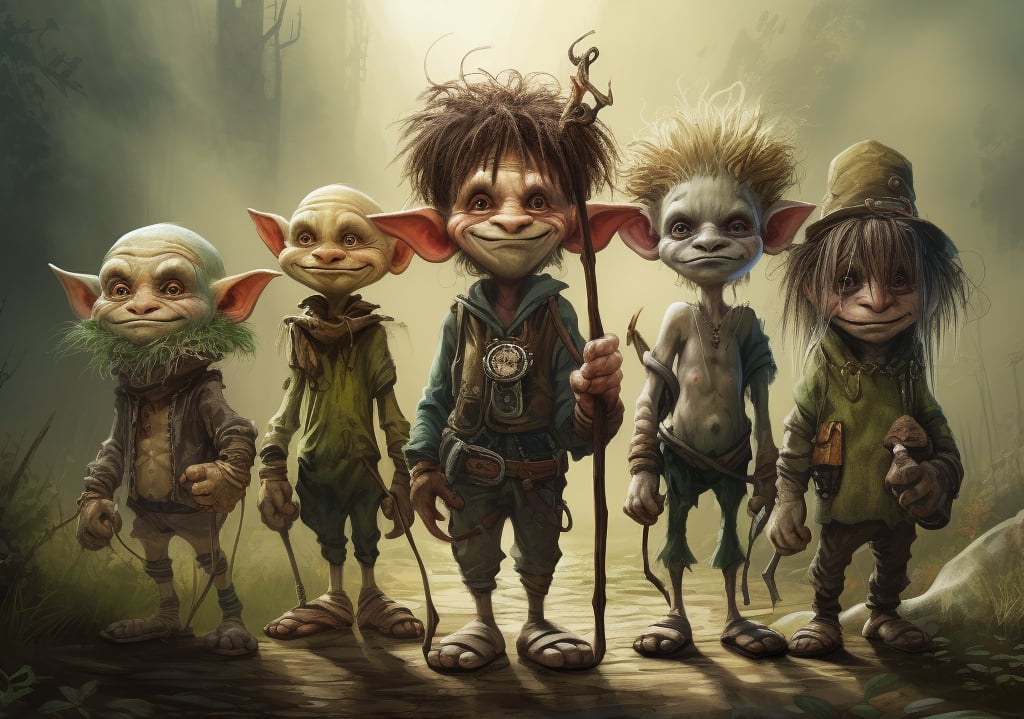Pukwudgie vs. 8 Mythical Little People of the World
Discover the folklore behind Pukwudgies and eight other mythical little people from around the world.
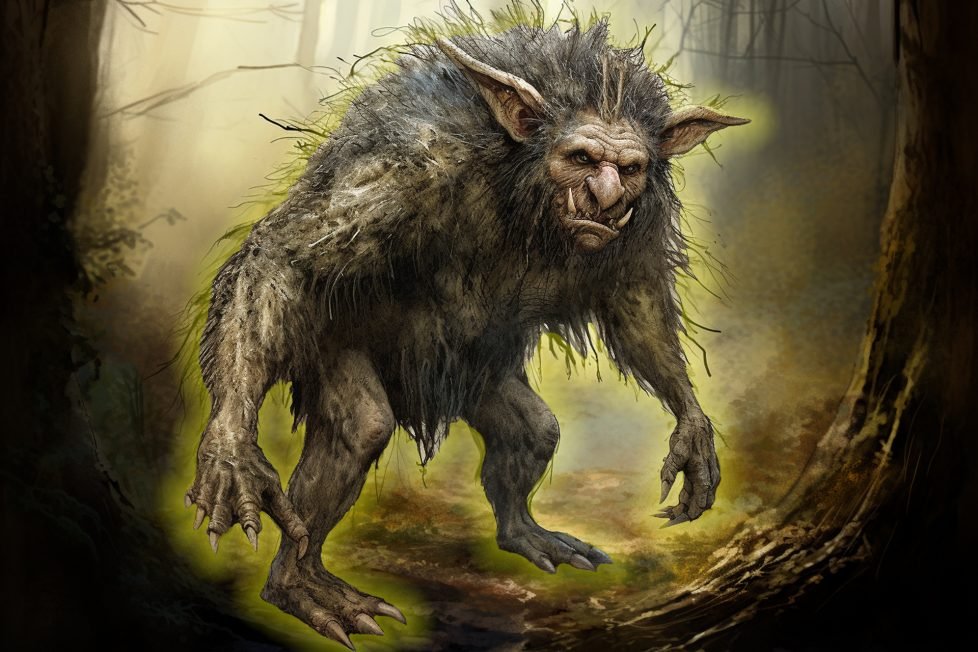
Discover the folklore behind Pukwudgies and eight other mythical little people from around the world.

Table of Contents
ToggleIn the depths of North America’s forested landscapes, hidden away from the eyes of most, resides a creature of Wampanoag folklore: the Pukwudgie. Also spelled Puk-Wudjie, which translates to “little wild man of the woods that vanishes.” These beings are a significant part of the indigenous folklore of Massachusetts and Southern New England.
Pukwudgies are often described as human-like creatures standing 2 to 3 feet tall. Their appearance is rather strange, with gray skin, large ears, noses, and fingers. From the back, they may resemble a porcupine, but from the front, they are a blend of half-troll, half-human that walks upright.
According to legend, they were initially friendly with humans. In time, Pukwudgies became jealous of the giant deity Maushop, who was adored by the humans. They grew resentful and turned their disposition towards malice. The giant heroes Maushop and Granny Squannit, creators of Cape Cod and other lands, became enemies of the Pukwudgies.
In folk tales, Pukwudgies can be mischievous or downright malicious. They are equipped with magical abilities like invisibility, shapeshifting, and the power to shoot poison arrows. They have been said to have to lure people to their deaths, use magic, and create fire.
Their sightings in the woods of Massachusetts have been so frequent that a Pukwudgie Crossing sign was even erected near the Freetown State Forest. The legend of the Pukwudgie has found its way into popular culture too, appearing in the Harry Potter series by J.K. Rowling.
But beyond the world of fiction, what makes the Pukwudgie so intriguing? It’s not just the mystery of their existence but also the nearly universal theme of little people in various cultures. Let’s further explore that theme.
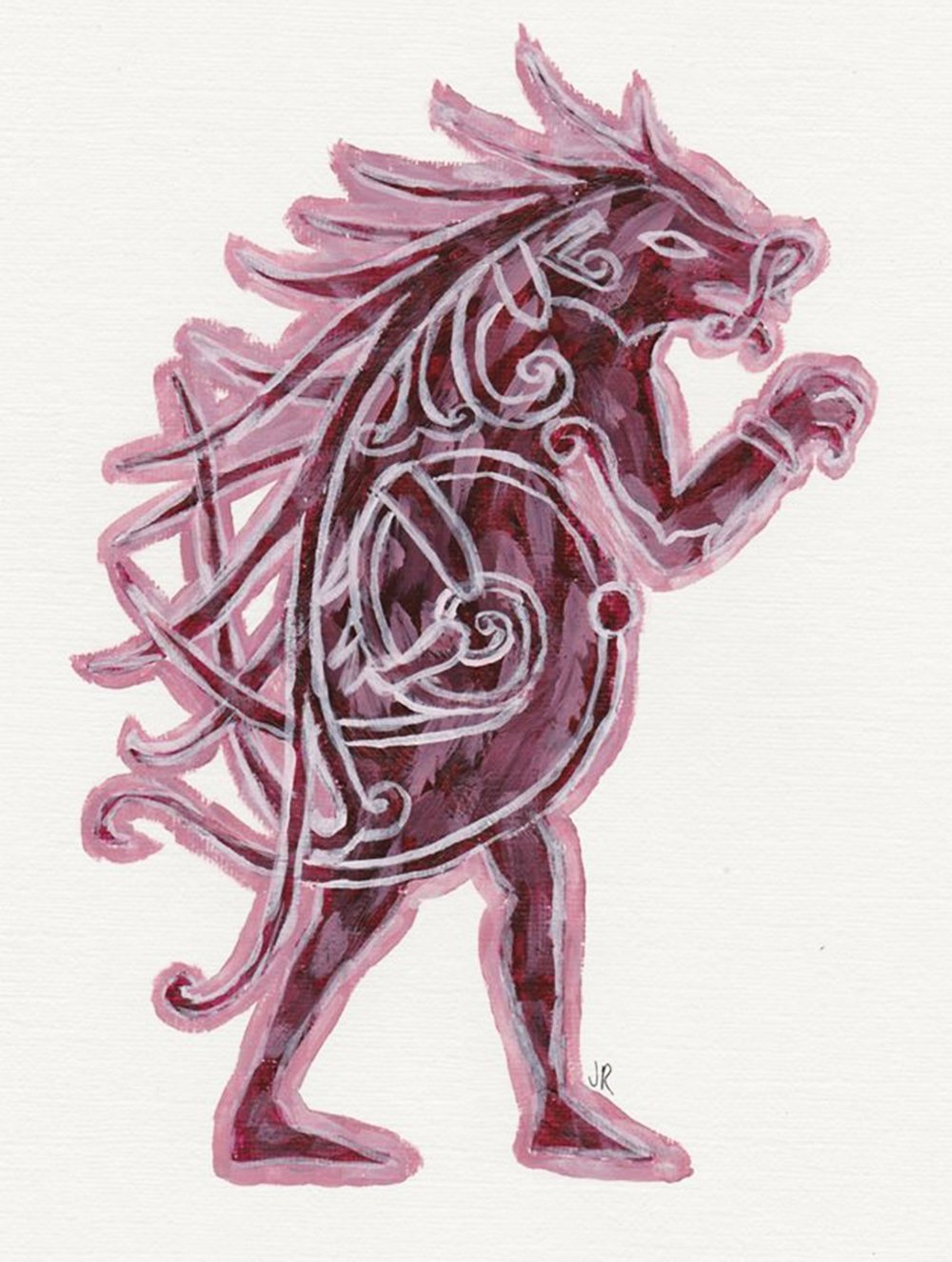
Little people like Pukwudgies are found in many cultures across the globe. Some see them as symbolic expressions of human fears, desires, or values. They often embody themes of magic, trickery, wisdom, or protection. These miniature beings serve as mirrors reflecting people’s inner selves, showcasing aspects of human nature one might not always be cognizant of.
The presence of little people in various cultures might also be influenced by psychological or cognitive phenomena. Some researchers believe that sightings of small humanoid figures in natural environments could be caused by migraines, sleep paralysis, or a phenomenon called pareidolia, where the mind perceives a recognizable shape where none actually exists.
Across cultures, certain themes are consistently associated with little people. They often have connections with nature and supernatural forces, residing in forests, caves, hills, or islands. Their powers may include invisibility, shapeshifting, or flying, abilities that humans can only dream of possessing.
Little people are also known for their interactions with humans. They may offer assistance, guidance, or gifts to those who are kind and respectful. Conversely, they may demand respect or service from those who are rude or greedy, playing pranks or tricks on the careless and overly adventurous.
In many legends, little people act as representatives or protectors of their culture and identity. They may embody the values and beliefs of their people, defend their lands, or teach humans about their history and responsibility.
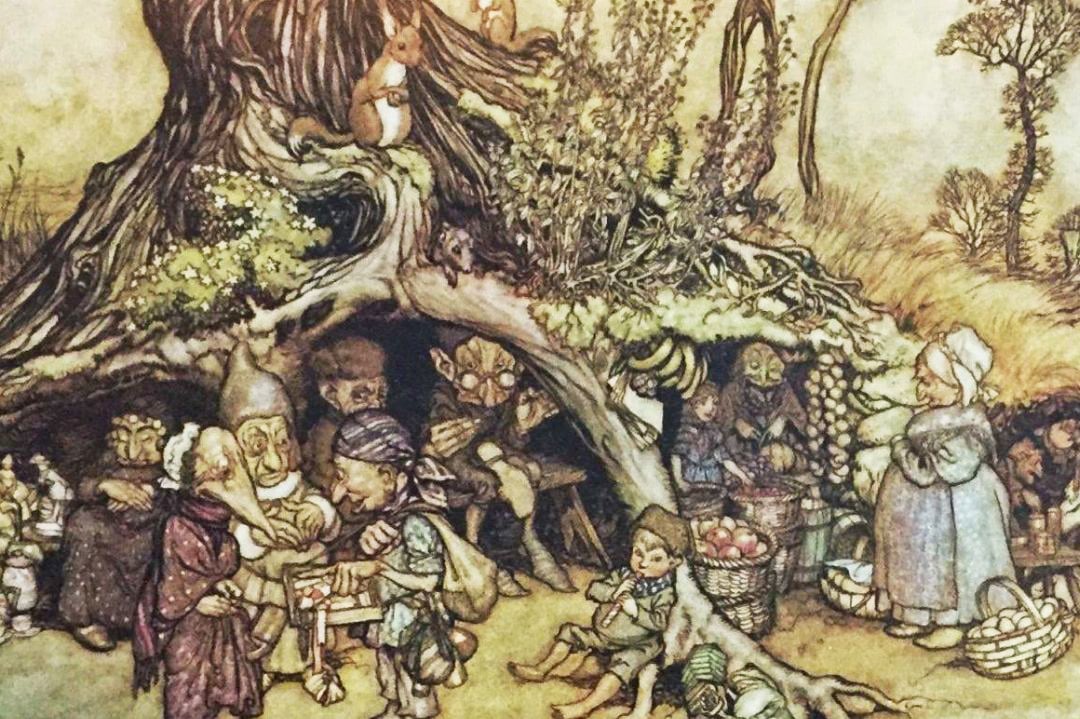
From the chilly lands of Iceland and the Faroe Islands comes a mythic tale of the Huldufólk, or hidden people, often referred to as elves. Similar to Pukwudgies in some ways, these little beings are believed to live in nature—especially within rocks, hills, mounds, or even in a parallel world. They possess the power to make themselves invisible at will, and Icelandic folk tales caution against throwing stones lest you strike the hidden people.
Huldufólk are considered mostly friendly and peaceful, although they can be offended by human disrespect. Their appearance and behavior closely resemble humans, yet they inhabit a mystical realm filled with their own rules and customs. They may help or harm humans depending on their mood or the situation.
Huldufólk are an integral part of Icelandic and Faroese culture and identity. Many people still believe in their existence or respect their traditions, going as far as consulting them before building on their land. This demonstrates a mythical connection between the Huldufólk and the land itself.
The comparison between Pukwudgies and Huldufólk shows a fascinating interplay between two culturally distinct mythologies. Both creatures echo common themes of little people but bring their unique characteristics, symbolizing different values and fears within their respective cultures.
Pukwudgies, with their mischievous nature, resonate with the untamed expanse of the North American wilderness. Huldufólk, on the other hand, resonate with the Icelandic longing for harmony and the profound connection with nature.
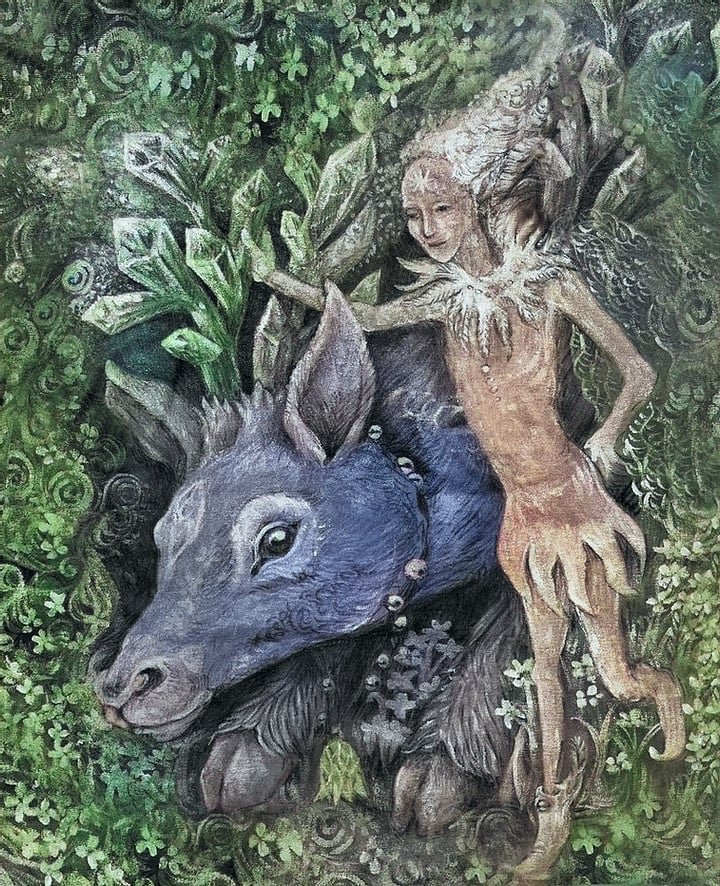
The leprechaun is an iconic element of Irish folklore. This roguish old man, usually dressed in green with a red beard and a hat, is a symbol of Irish culture and heritage. The leprechaun, whose name stems from the Old Irish word ‘luchorpán’ or ‘lupracán,’ meaning ‘a very small body,’ is often associated with St. Patrick’s Day celebrations.
Leprechauns are tiny fairy creatures, standing about 1 to 3 feet tall. They are known as shoemakers or cobblers, and they are frequently seen repairing their own shoes. Common folklore depicts them sitting next to a pot of gold or a pile of gold coins.
In Irish mythology if a human can catch a leprechaun, the leprechaun must grant them three wishes in exchange for their release. However, these beings are notoriously difficult to capture and often use their magic or cunning to escape. They may grant a wish with a catch or a twist, revealing the challenge and temptation of human nature as they test the greed and honesty of those who encounter them.
While leprechauns are often portrayed as tricksters in Irish folklore, Pukwudgies are seen as more dangerous antagonists in Native American tales, reminding of the dangers lurking in the wilderness. Pukwudgies may cause harm or death to humans who cross them, while leprechauns may either trick, or grant wishes which signifies a lower level of potential danger.
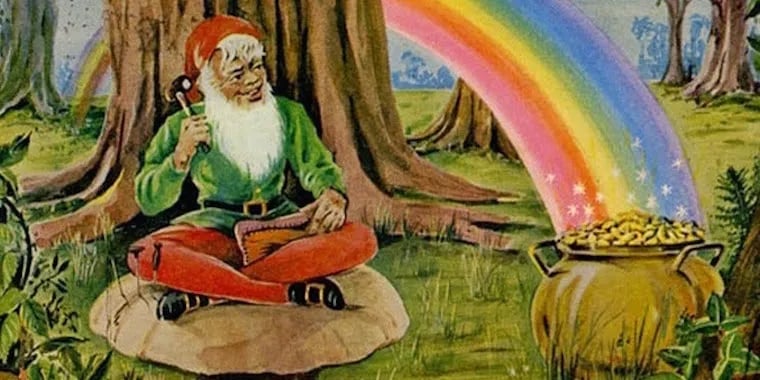
Goblins, found in the folklore of many European cultures, are small and monstrous creatures that emerged from an interest in Paganism and its associated mysticism, especially nature spirits and magic. Described as having green skin and unruly hair, a goblin’s appearance may differ based on their country of origin, but their reputation as troublemakers remains consistent.
Goblins have a knack for mischief. Some are seen as tricksters, similar to children, while others are malevolent and dangerous to humans. They live in grottoes but often attach themselves to households, causing disturbances and chaos. Their antics include banging on pots and pans, moving furniture, and even snatching nightclothes off sleeping people.
Goblins symbolize the shadow self or darker aspects of a person’s personality, such as suppressed desires, negative traits, or unresolved conflicts. They embody the malice that humans may encounter in their daily lives, such as household troubles or theft.
In contrast to Pukwudgies who represent the dangers and mysteries of the natural world, goblins reflect the complexities of our inner lives and daily struggles.
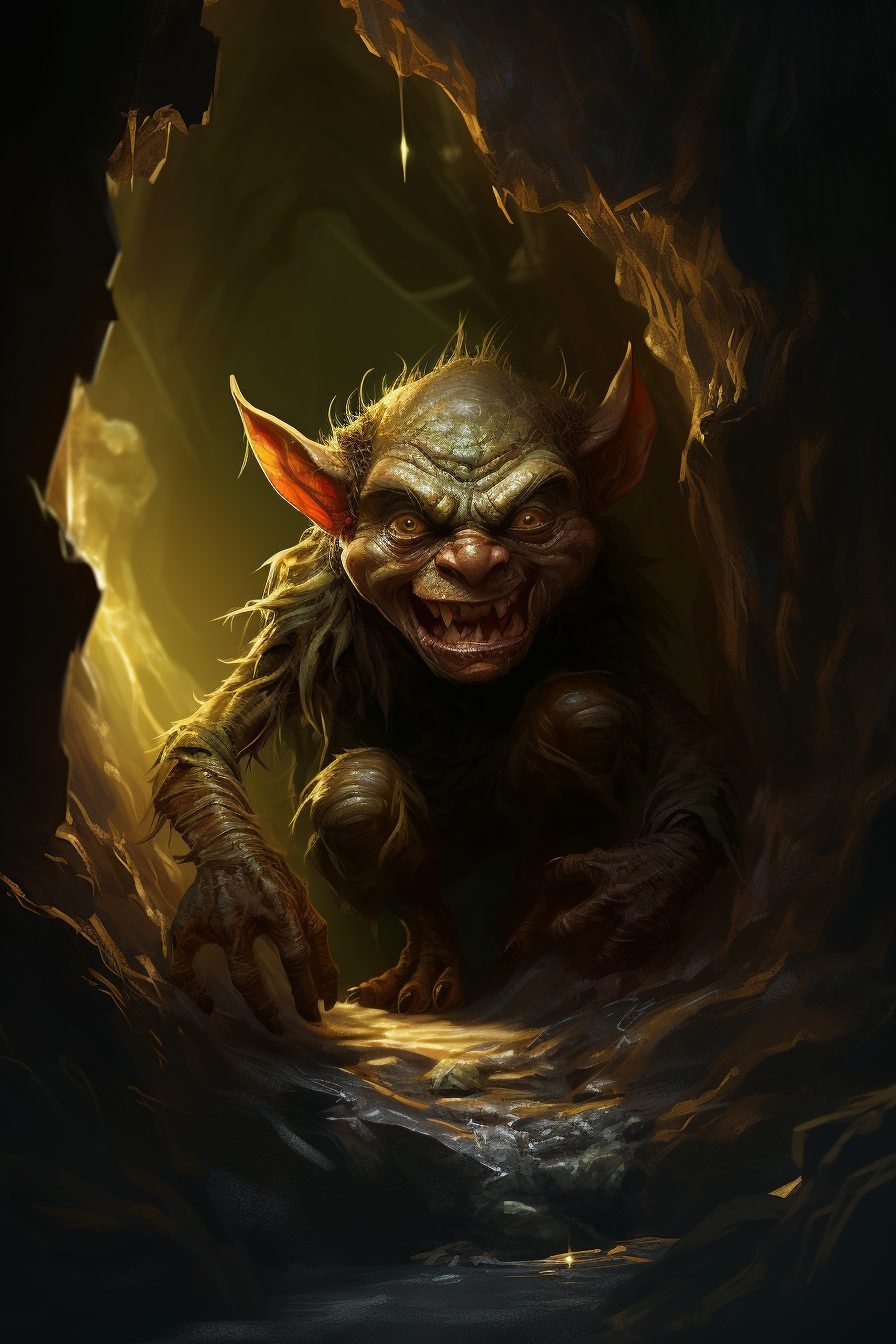
Venturing north to the icy realms of Nordic folklore, we encounter the nisse or tomte. These mythological creatures, small and often depicted as elderly men dressed in traditional farmer garb that resemble garden gnomes. The nisse lives in the houses and barns of the farmstead, secretly acting as a guardian.
If treated well, nisse protect the family and animals from evil and misfortune and may even aid with chores and farm work. If insulted, they retaliate by playing tricks, stealing items, and maiming livestock. These creatures demand respect and detest changes in how things are done at their farms. Their ties to traditions are strong, and they demand the same adherence from humans.
The nisse haven’t always been a popular legend, especially during and after the Christianization of Scandinavia. Yet their legend persists, especially during the Christmas period, when the nisse, accompanied by the Yule goat, delivers presents on Christmas Eve.
Pukwudgies, with their unpredictable nature, represent the fear of the unknown. Nisse, with their farmstead protection and adherence to tradition, reflect the importance of respect and stability in Scandinavian culture.
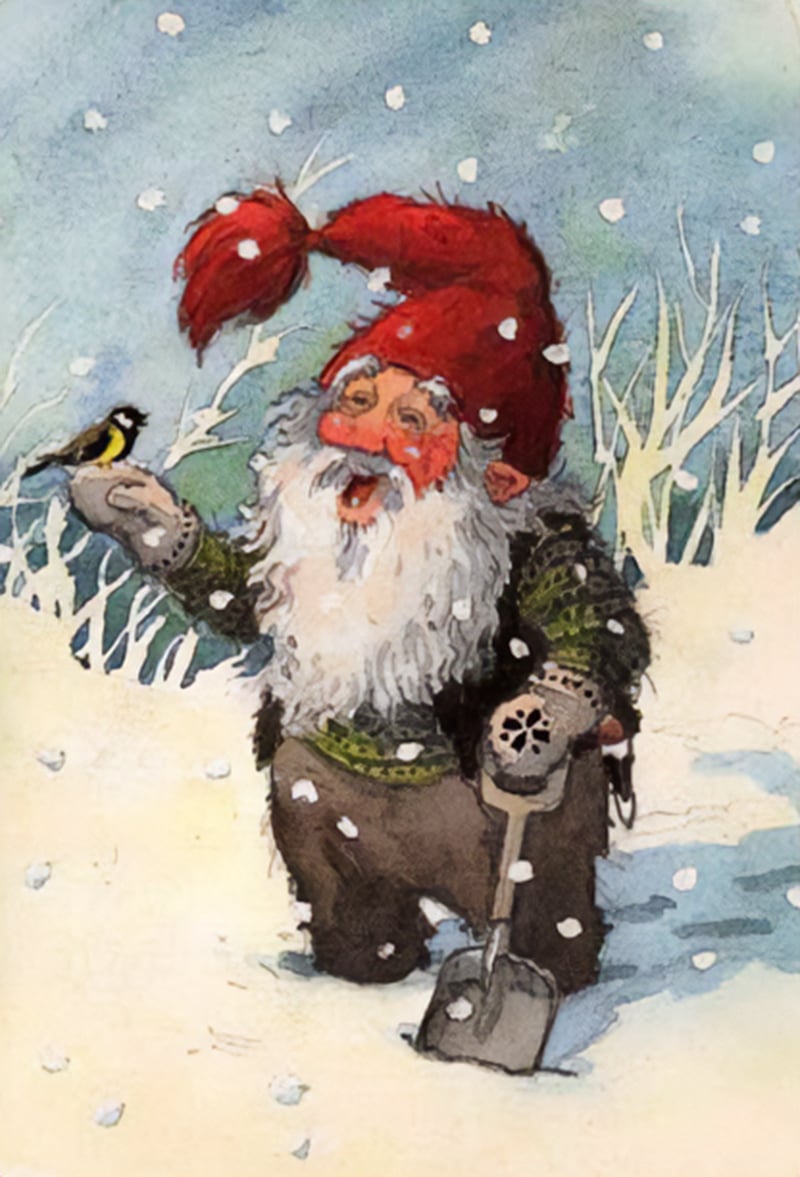
Traveling to the Yucatán Peninsula in Mexico we encounter another fascinating creature – the alux. In the mythological tradition of the Mayans, aluxes are small, sprite-like beings resembling miniature traditional Maya people. They can be called into being and offer their protection for seven years when a farmer builds a tiny house specifically for them.
During these seven years, the alux helps the corn grow, summons rain, and patrols the fields at night. However, if not properly sealed inside their tiny house after seven years, they will run wild, playing tricks on people. They are associated with both good luck and misfortune, depending on how they are treated.
When Aluxes play tricks on people, they hide things, make noises, throw stones, or cause accidents. They can also be appeased and treated with respect by offering them food, drinks, tobacco, and honey. Aluxes are seen as guardians of natural resources, especially corn fields.
Aluxes, with their close ties to agriculture, reflect the Mayan people’s harmonious connection with nature. Pukwudgies on the other hand, are meant to represent the dangerous aspects of the natural world.
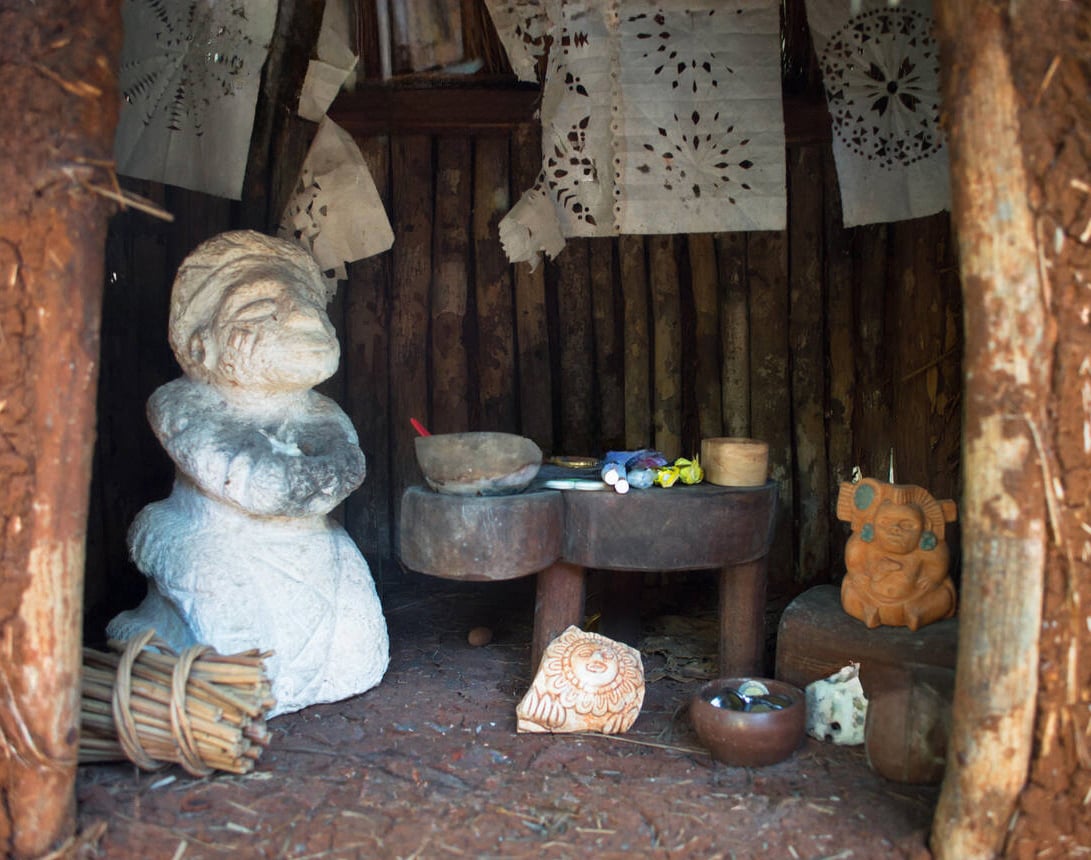
The Chaneque are small sprite-like beings that serve as elemental forces and guardians of nature. They are a feature of Mexican folklore originating from the Aztecs. Often described as children with old faces, Chaneques are deeply connected to forests, rivers, or caves, and symbolize the duality of good and evil.
Chaneques are known for making people disappear and lose their memory for three to seven days. Legend has it that during this time, the victims are taken to the Underworld by the Chaneques. Their attacks are fierce as they frighten intruders until their soul leaves their body. If not recovered through specific rituals, the victims become ill and die.
Mexican folklore represents Chaneques as both evil creatures intending to cause harm and good creatures wanting to help. This dual nature can symbolize the complex relationship between humans and the natural world.
Chaneque and Puckwudgie share several similarities, such as their small stature and affinity for forests and natural places. However, while Pukwudgies are more associated with the element of fire, Chaneques are linked with earth and water. This distinction indicates the different cultural contexts in which these creatures were created and the distinct natural environments they inhabit.
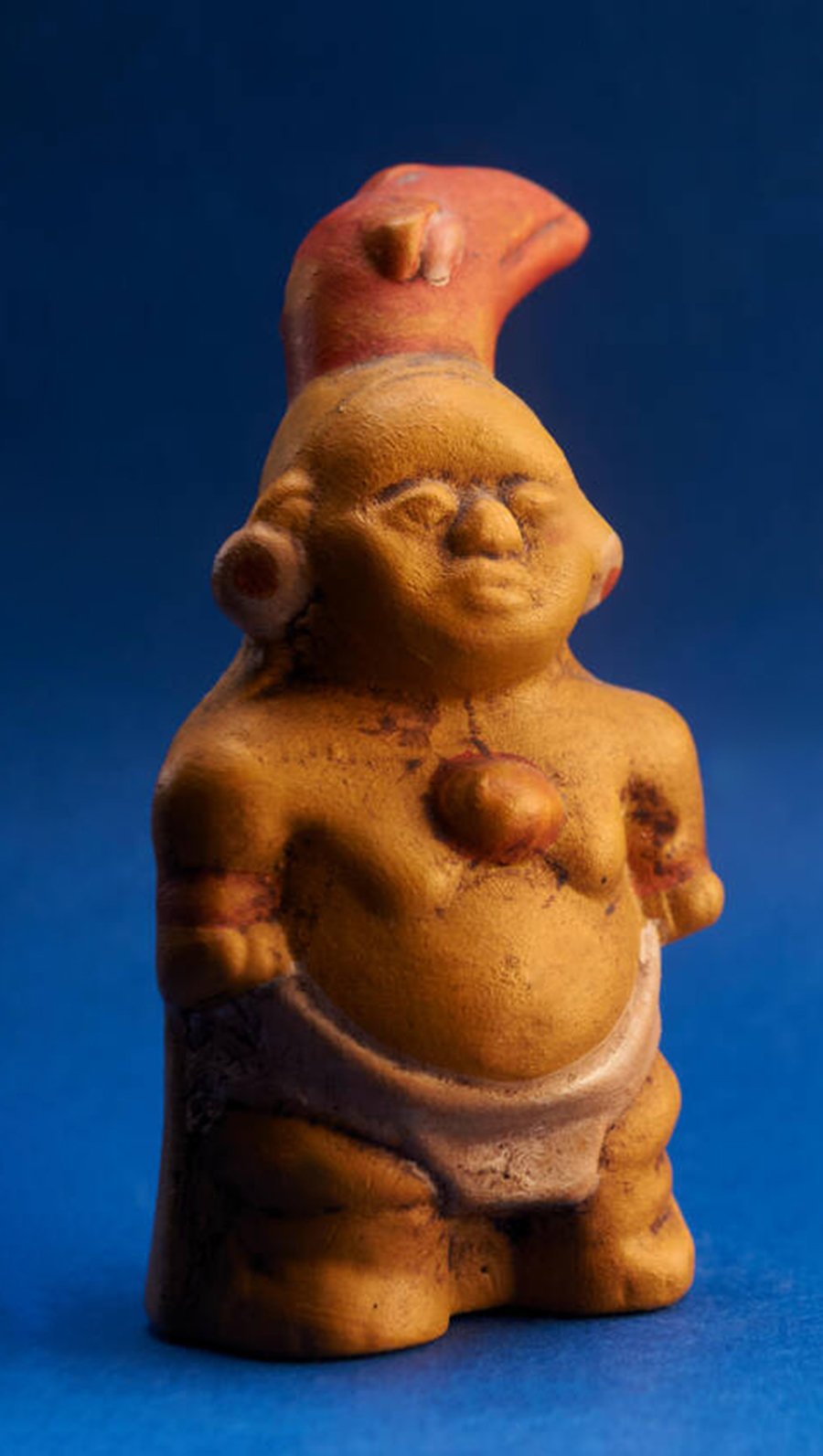
The Polynesian islands, particularly Hawaii, are home to a mythological race of dwarf people known as Menehune. Said to live in the deep forests and hidden valleys of the Hawaiian Islands. They are part of a common mythology throughout Polynesia that describes secretive, supernatural beings with human-like attributes.
Menehune are described as exceptional craftspeople who constructed temples, fishponds, roads, canoes, and houses. According to legend, they worked only at night to create these masterpieces. Their mysterious powers include moving large stones and changing their shape.
While known for their generous and kind nature, sometimes helping humans in need or granting wishes, Menehune are also associated with trickery, often playing pranks on humans or stealing their food.
Menehune symbolize the mystery of the Hawaiian Islands and the skill and creativity of the ancient Hawaiians. On the other hand, Puckwudgie with its wild and untamed nature, represents a more primal connection to the land.
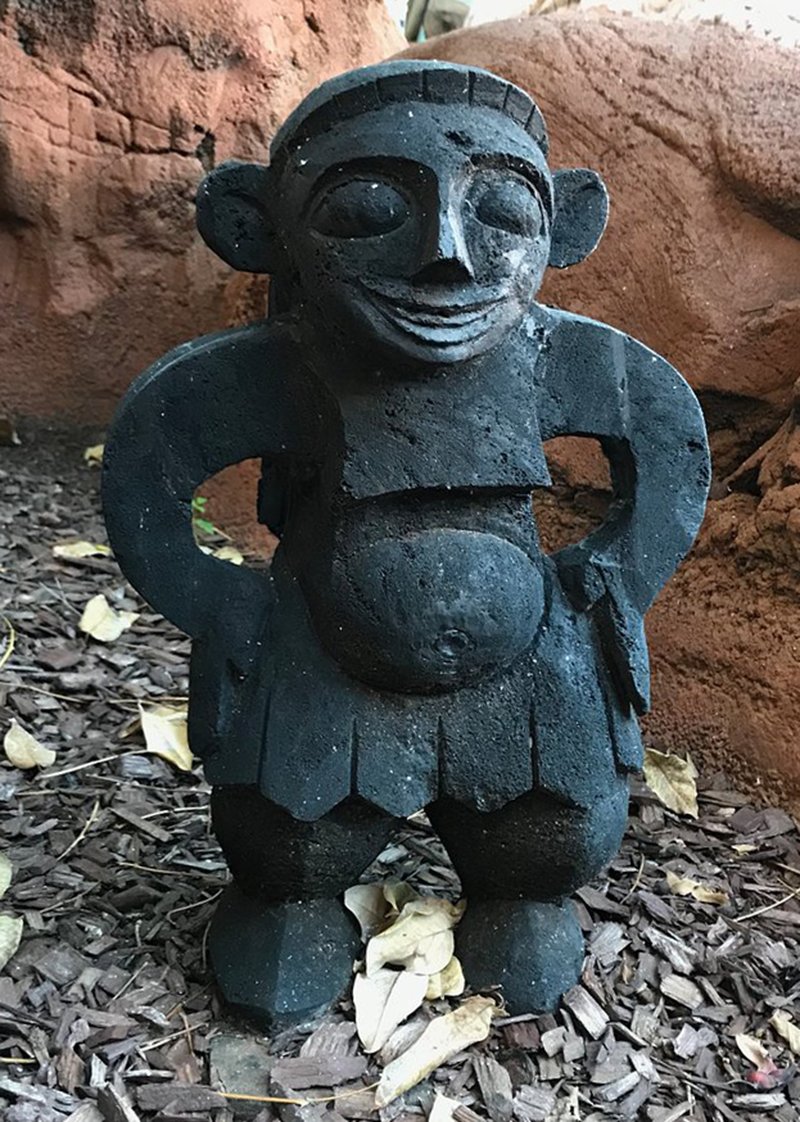
The Tikoloshe originates from the folklore of the South African Bantu peoples. In Bantu myths, it serves as a reason for people dying in their sleep.
Descriptions of the Tikoloshe vary, but its small size is a constant feature. Sometimes it appears as a small humanoid creature and other times more primate-like. Often it’s described as a tiny gremlin with no eyes and a withered, gray body.
Tikoloshe is said to possess unusual powers, such as becoming invisible by drinking water or swallowing a stone. Its misdeeds range from scaring people to choking them to death with long, bony fingers. The most common way to keep a Tikoloshe at bay is to place bricks beneath the legs of one’s bed, keeping the sleeper out of reach.
With its pure malevolence, Tikoloshe symbolizes the ever-present threat of unseen dangers and the dark mysteries of the night. Pukwudgies, on the other hand, exhibit a more nuanced behavior that represents a complex relationship with nature, encompassing both benevolence and wrath.
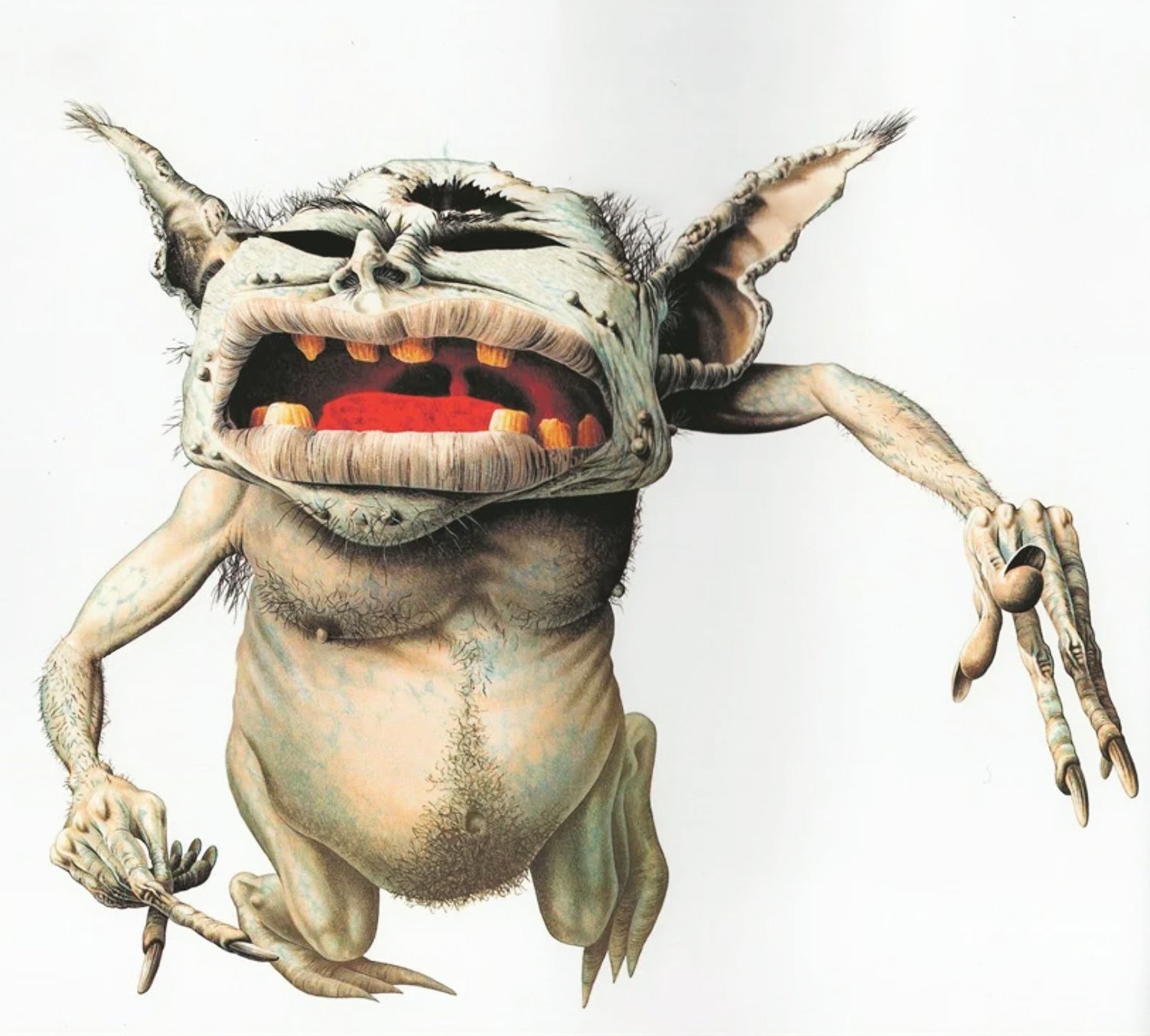
From the forests of North America to the hidden valleys of the Hawaiian Islands, from the deep caves of Europe to the lands of Africa, the mythological world is populated with small creatures. These little people, like Pukwudgies, Tikoloshe, Menehune, and others, represent a common aspect of human imagination and cultural expression.
Across cultures and continents, these creatures often share similar traits. They’re mischievous, magical, and deeply connected to nature. Some are guardians, protectors of their environment, while others are tricksters, playing pranks on unsuspecting humans. Many of them are seen as symbols of fears, desires, or values, reflecting human nature and societal norms.
Despite the similarities, each culture’s little people have unique traits, reflecting specific beliefs, traditions, and environmental contexts. These mythological beings can serve as a bridge between cultures, emphasizing shared human fears, experiences and values.
